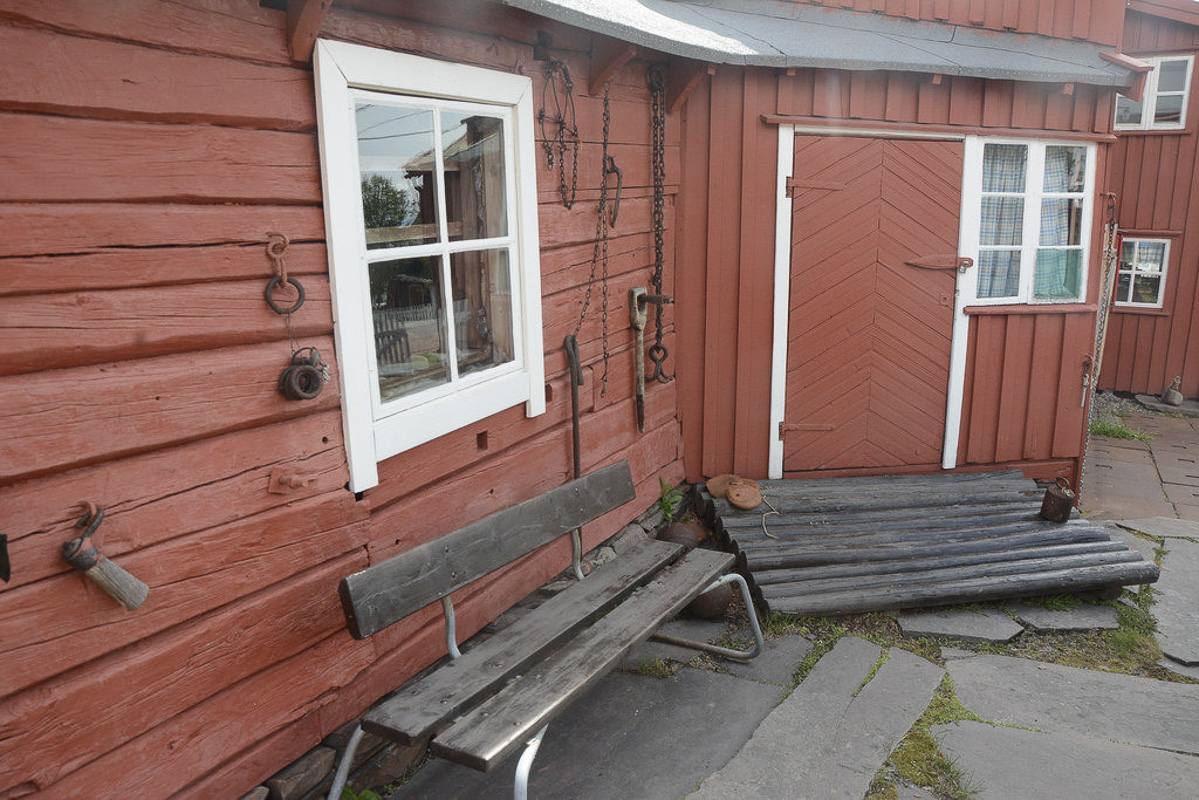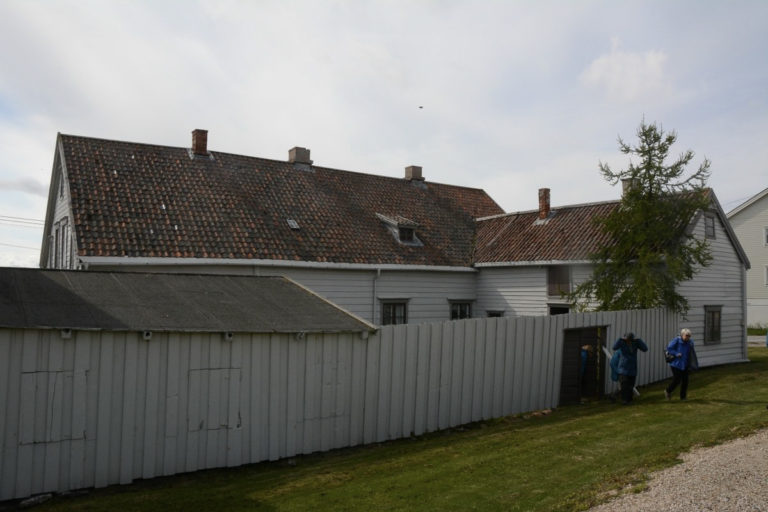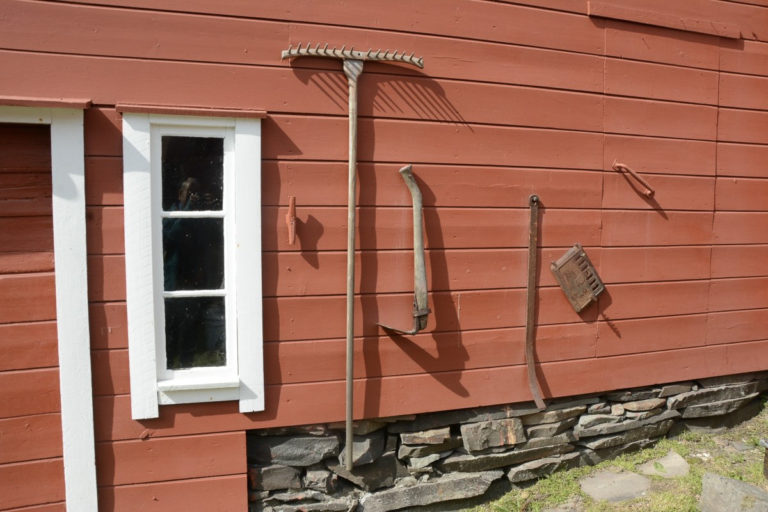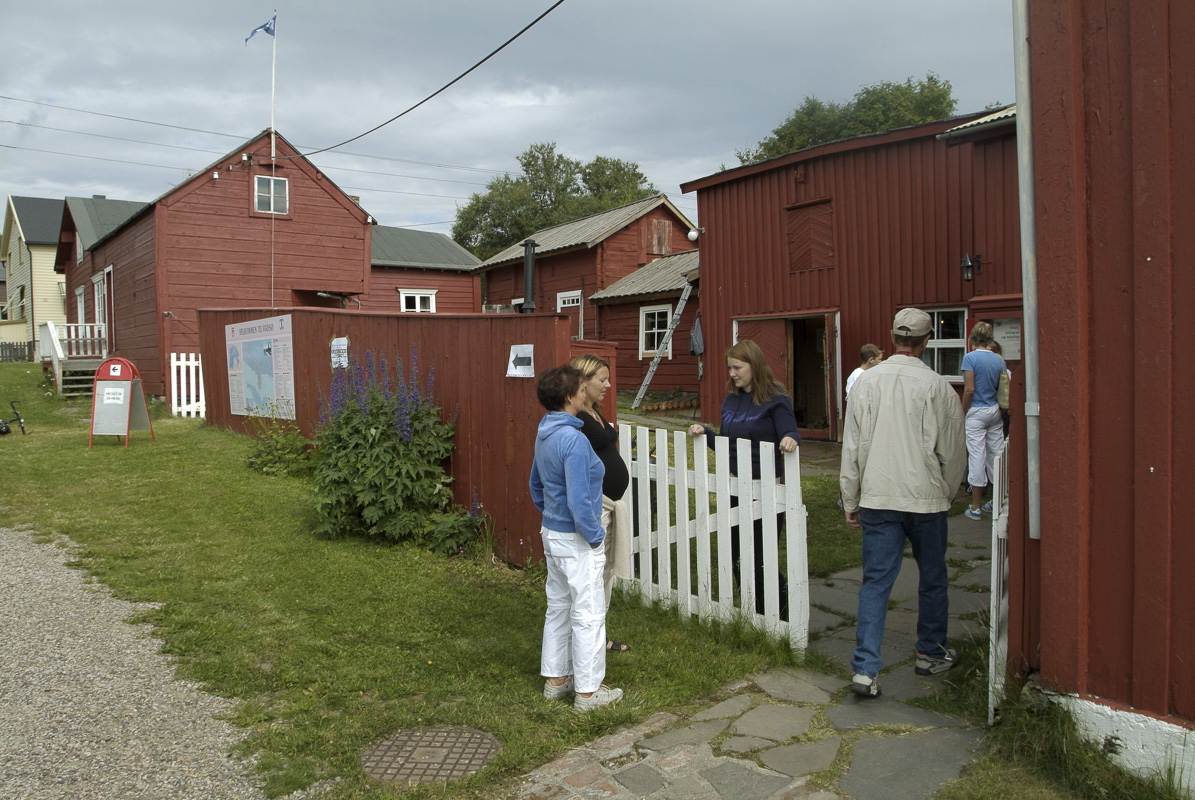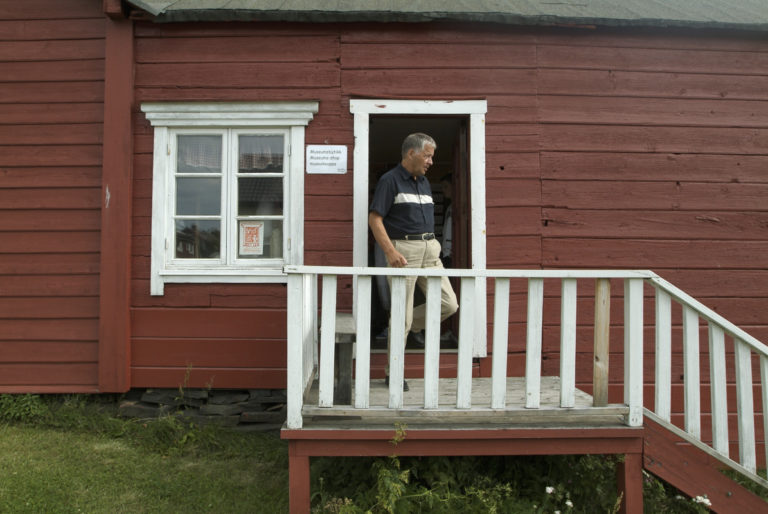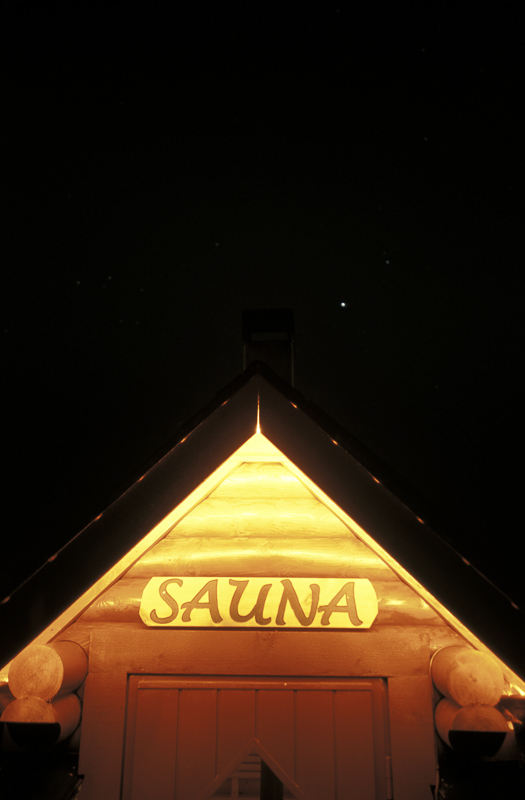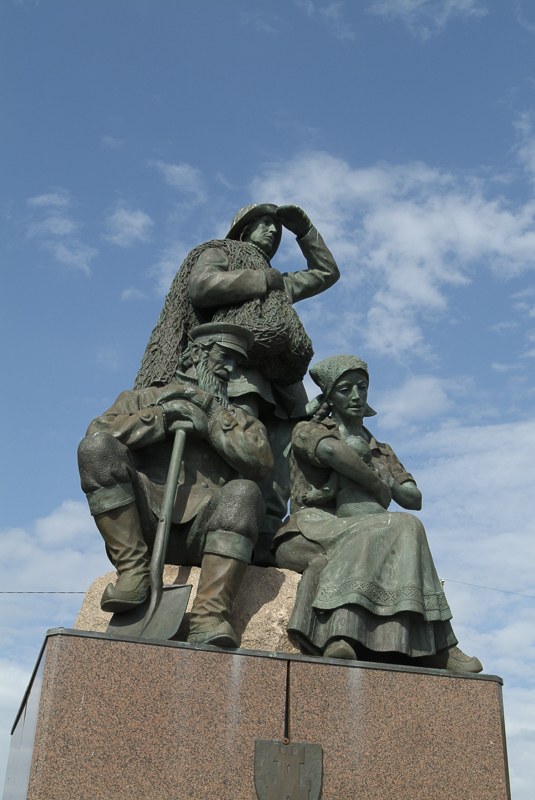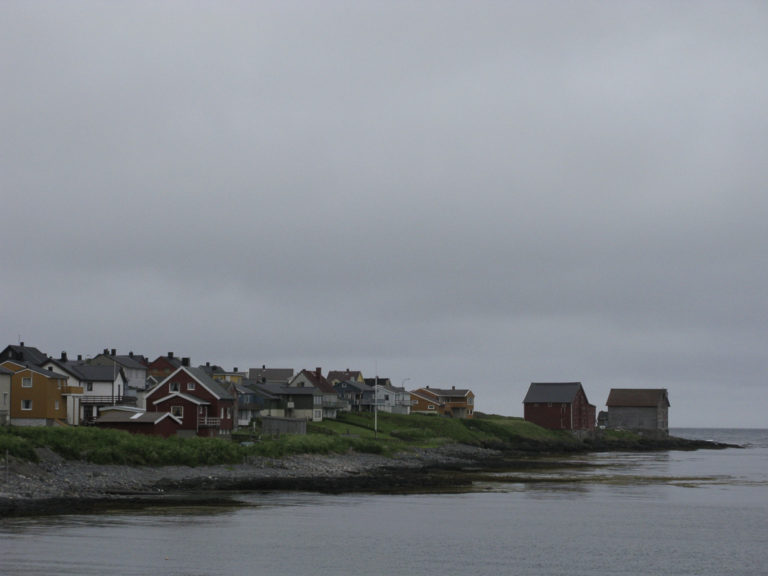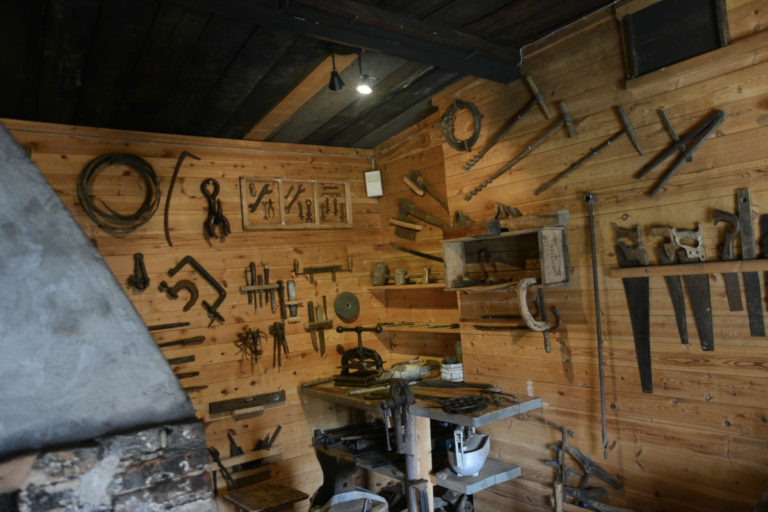Virtually everything in Finnmark was destroyed during the Second World War. However, there are a number of old buildings in Vadsø and Varanger, which reveal the multi-ethnic origins of the region.
‘Kven’ is the traditional name given to people of Finnish decent in northern Norway. There has long been contact across northern Scandinavia, but the present-day Kven population descends from several waves of settlement and immigration that took place in the 17 and 1800s. The first wave was to Troms and West Finnmark, although the largest wave of immigration was to East Finnmark and the Vadsø area in particular, which became known as the capital of the Kven people. The Kven culture itself is stronger in West Finnmark and Troms, but there are several buildings and material remnants remaining in the east. However, the Kven people first arrived in East Finnmark in the 1800s as a result of the rich fishing available in the Varangerfjord. Immigration increased during the 1860s on account of the famine in Finland, which was Western Europe’s last famine to occur in peacetime.
Tuomainengården is a traditional Finnish house
In Ytrebyen, also known as Ytre Kvenby, stands a red-painted farm from the 1800s called Tuomainengården, or the Tuomainen farm. This was built in 1851 by Johan Petter Vinikka, a Finnish-speaking immigrant from Tornedalen in the far north of Sweden. This remained in use as a residence until the 1980s, and its fittings reflect the many small changes in its use and details from the entire period. In 1918, the farm was purchased by a couple with the surname Tuomainen, from whom the name of the farm originates.
A complete farmestead exisisted in a town
This is a ‘Varanger house’, which is a type of house with several variants developed in East Finnmark with the influence of neighbouring countries and the many ethnic groups living here. It consists of a residential building incorporated into a cowshed and outhouse building, with the house facing the road and the outhouse facing in towards the yard. The two are joined together by a corridor, which makes it possible to reach the cowshed without having to go out in all weathers. The buildings have been altered over the years, with the roof of the house in particular having been raised. The interior fittings also reflect over 150 years of life, with sconces dating from the 1960s in the living room.
Where there are Finns, there is a sauna
Naturally, the Finns brought the sauna or steam bath with them when they came to northern Norway. The smoke sauna at the Tuomainen farm has been preserved, and the black smoke can be seen on the ceiling. The sauna was used as a smithy for a period, and it remains as such today. The sauna was moved to the cowshed after the war and is used regularly. The large baking oven is also still in use. As Kvenbyen was a thriving Finnish-speaking district, the oven was lit for the entire district, and everyone would pay to use it. There were six ovens of this type in Ytre Kvenby. The oven works just as well today as it always has done, and 15-20 loaves of bread can be baked simultaneously.
Esbensengården is the residence of a prominent merchant
Esbensengården, or the Esbensen estate, represents something quite different, both culturally and architecturally. It was a merchant’s farm built in Empire style by a Norwegian businessman in 1848–49. The house is clad in Bergen wainscoting, a style that was common among stately homes along the Finnmark coast, but which has now largely disappeared. It is a complete farmstead with cowshed, stable and other outbuildings in the back yard. The ground floor interiors provide examples from the Biedermeier period up to the post-war period, with cushioned sofas, cupboards and chandeliers. There are also small exhibitions covering topics from Vadsø’s history.
Vadsø is a good place to dig into Finnmark history
Vadsø became a town in 1833 and grew as a result of the fishing trade along the Varangerfjord. Immigrants from Finland contributed significantly to this growth, with the Kven people making up the majority in Vadsø by the end of the 1800s. The Kven people lived in Ytrebyen, Kvænbyen and Indrebyen (or in Ytre and Indre Kvenby), while the Norwegians lived in Midtbyen. The town suffered several Soviet air raids during the Second World War, and Midtbyen in particular was left in ruins. However, many of the houses away from the centre were left standing, and Vadsø is therefore a good place to study traditional Finnmark architecture.
How can I visit the old houses of Vadsø?
Vadsø is found in the far north-eastern corner of Norway, close to Finland and Russia. Vadsø has an airport for smaller aircraft, but Kirkenes across the fjord has an airport with regular flights. From there, you can take a bus or Hurtigruten.
The Tuomainen farm and Esbensen estate, together with a number of other large buildings, make up the Vadsø Museum, and can be visited all year round. In the summer, there are long opening hours, regular guided tours and lots of activity. In winter, it is possible to look around in peace, much like the rhythm of the seasons must have been when the houses were built. They are part of Varanger Museum. Visit their website for more information, and also to see other small museums in the whole area.
Visit Varanger is the local visitors’ bureau.
